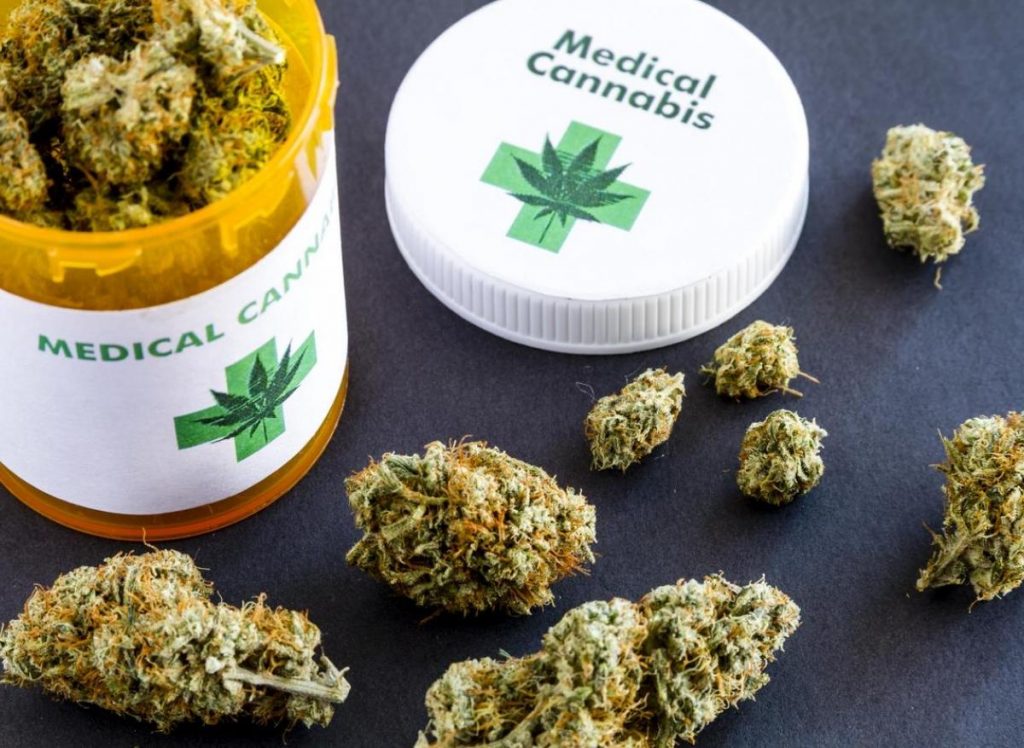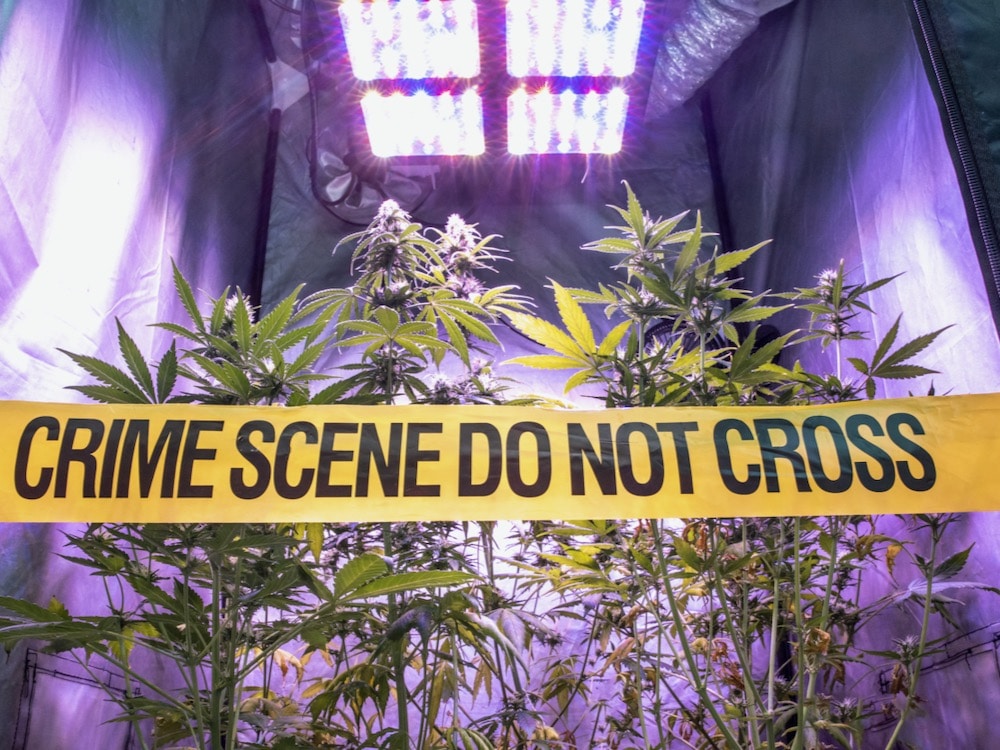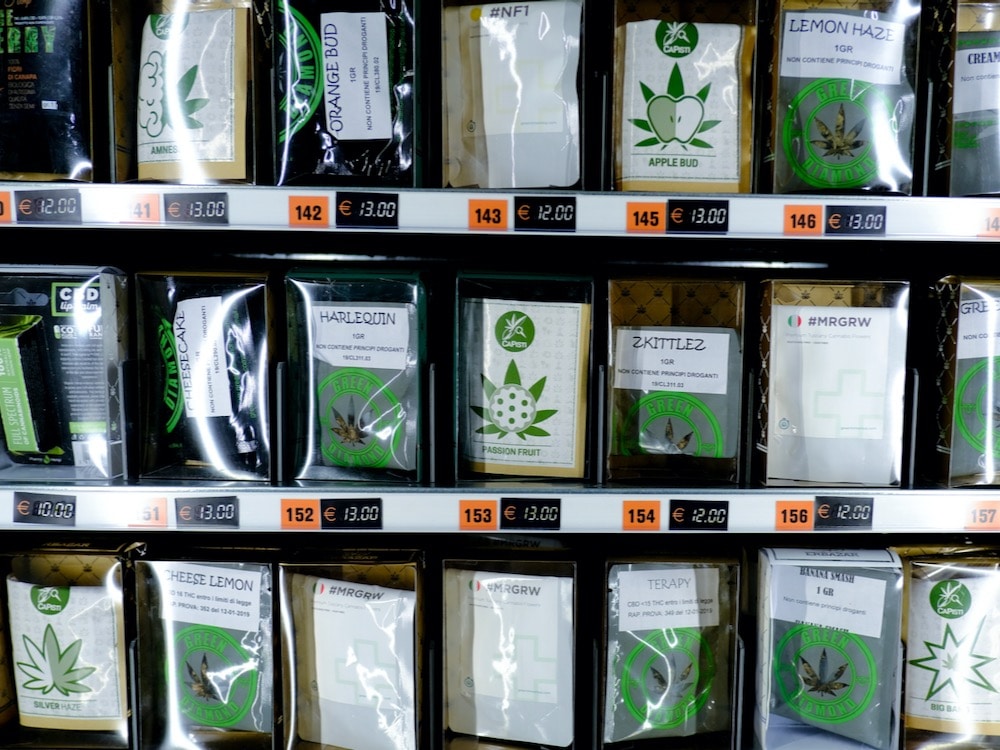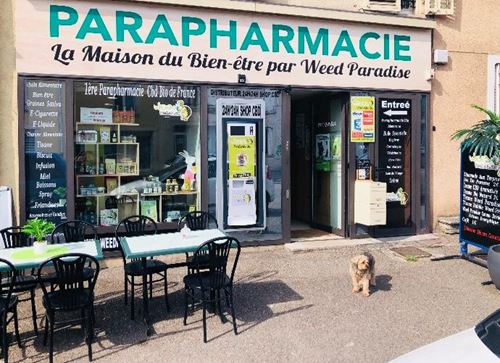En raison du Covid-19, le début de l’expérimentation sur le cannabis thérapeutique, prévue en septembre, est « reporté au plus tard en janvier 2021 », annonçait l’Agence du médicament (ANSM) en juin.
Le soutien d’Olivier Véran
Cette perspective semble elle-même s’éloigner, déplore le collectif de patients ACT (Alternative cannabis thérapeutique). Approuvée par l’Agence du médicament en 2018, fortement soutenue par Olivier Véran alors député et auteur de l’amendement voté par le Parlement en octobre 2019, l’expérimentation, qui devait recruter 3 000 patients souffrant de douleurs résistantes aux autres traitements, reste dans les limbes.
Pas avant mars ?
Béchir Saket, porte-parole et juriste du Collectif ACT, fait les comptes : « Même si le décret sortait aujourd’hui, le temps de former les médecins, de passer les appels d’offres… on ne pourrait pas démarrer avant mars. »
D’autres écueils sont saillants, telle l’absence de budget alloué à l’expérimentation qui suppose notamment que les produits seraient fournis gratuitement par des sociétés étrangères. Ou la tentation de subordonner l’essai au développement d’une filière française. « La mission d’information parlementaire a auditionné plus d’entreprises que de patients. C’est avant tout un sujet sanitaire. »
Statut de produit de santé
ACT, qui menace de démissionner du comité scientifique mis en place par l’ANSM, pousse pour que le cannabis thérapeutique ait au plus vite un statut de produit de santé, et milite pour un moratoire des poursuites contre les patients consommant la substance pour raisons médicales.
Leur crainte est que, les retards s’accumulant, le sujet redevienne politique à l’approche de la prochaine présidentielle, et soit enterré dans l’attente du résultat de celle-ci.
















